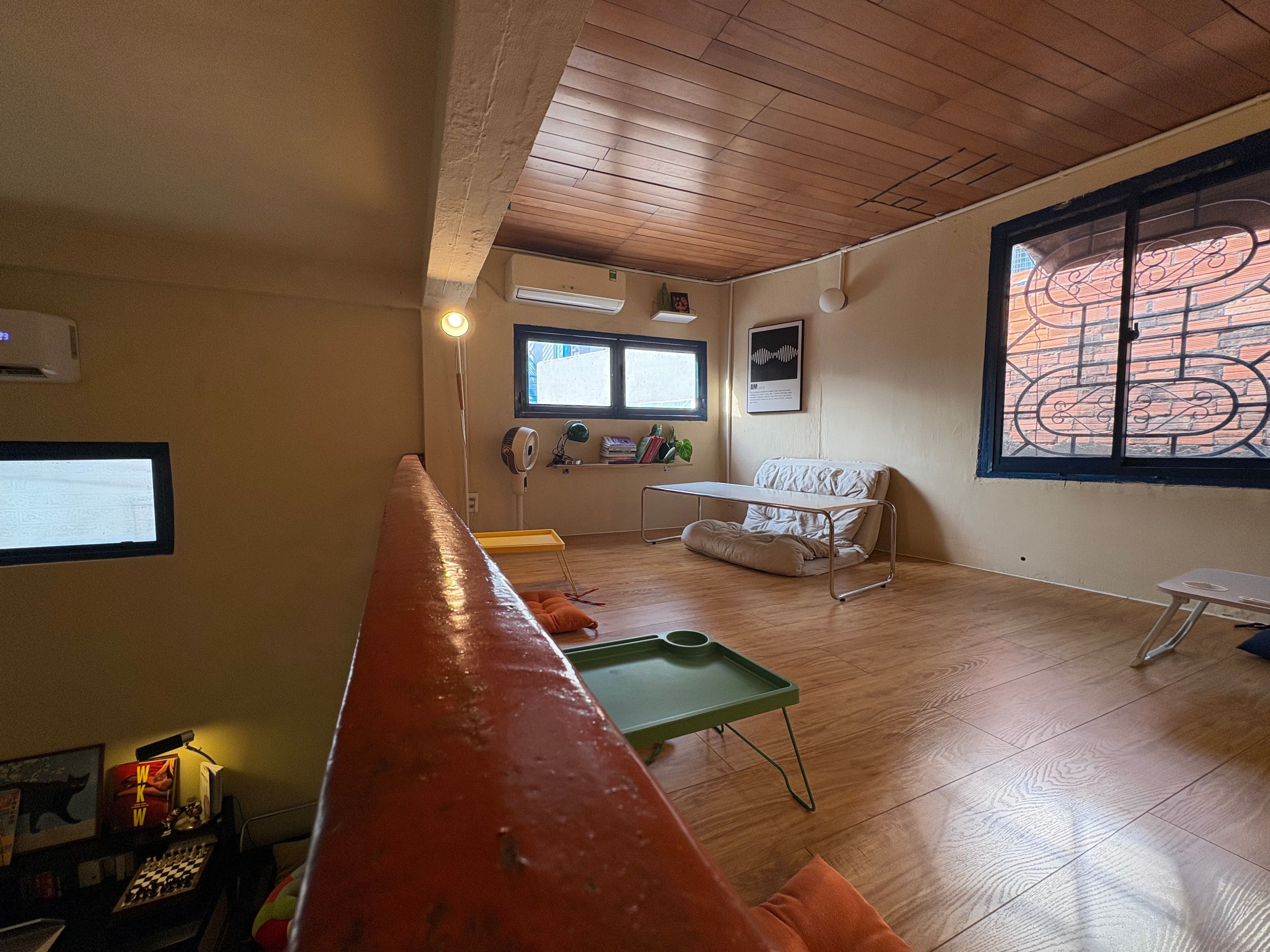Last weekend I stopped by one of my new favorite cafes: Trap. If I had to pick one word to describe the place, there’s no better choice than ‘cozy.’ I like the lamp lighting the room. I like the calendar circling the days. I like all the signatures on the window signaling the memories here. It all fits together nicely. Every color catches your eye. Every corner piques your interest. Every cup of coffee, tea, or matcha goes down smoothly. It’s the perfect trap. The perfect room to get cozy, get caffeinated, and get lost in thought.
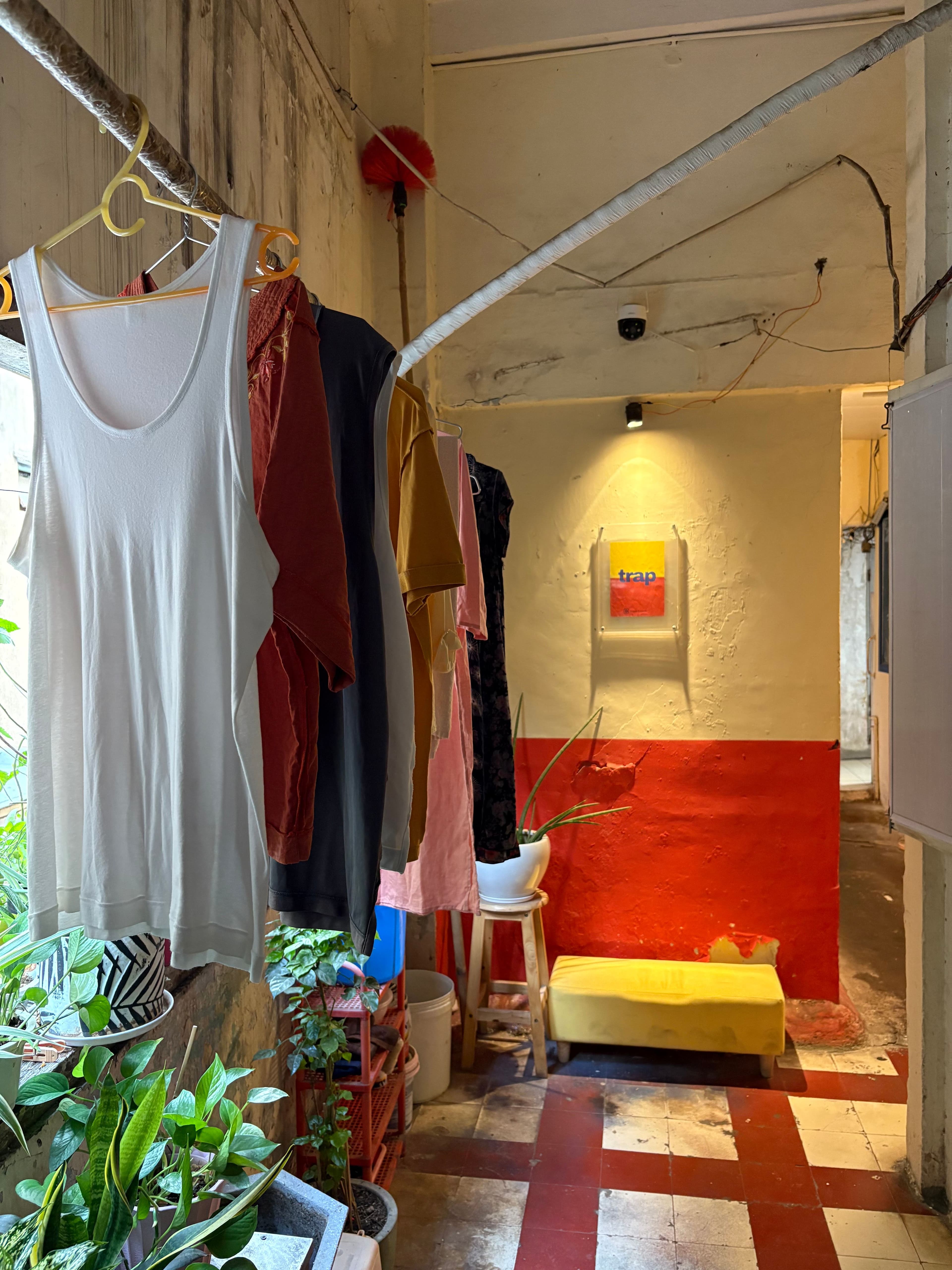
One thought I explored was related to the stack of books twisting like a spiral staircase on a red bookshelf in the cafe’s loft. With every step up, I recognized the names of titans from modern philosophy: Albert Camus, Hannah Arendt, and Soren Kierkegaard. And each author talks about traps in different forms. For Kierkegaard, freedom is a trap. For Arendt, obedience is a trap. For Camus, meaning is a trap. Doing whatever you want to do. Doing whatever you’re told to. Endlessly searching for meaning in every color, corner, or cup. They’re all traps in one way or another.
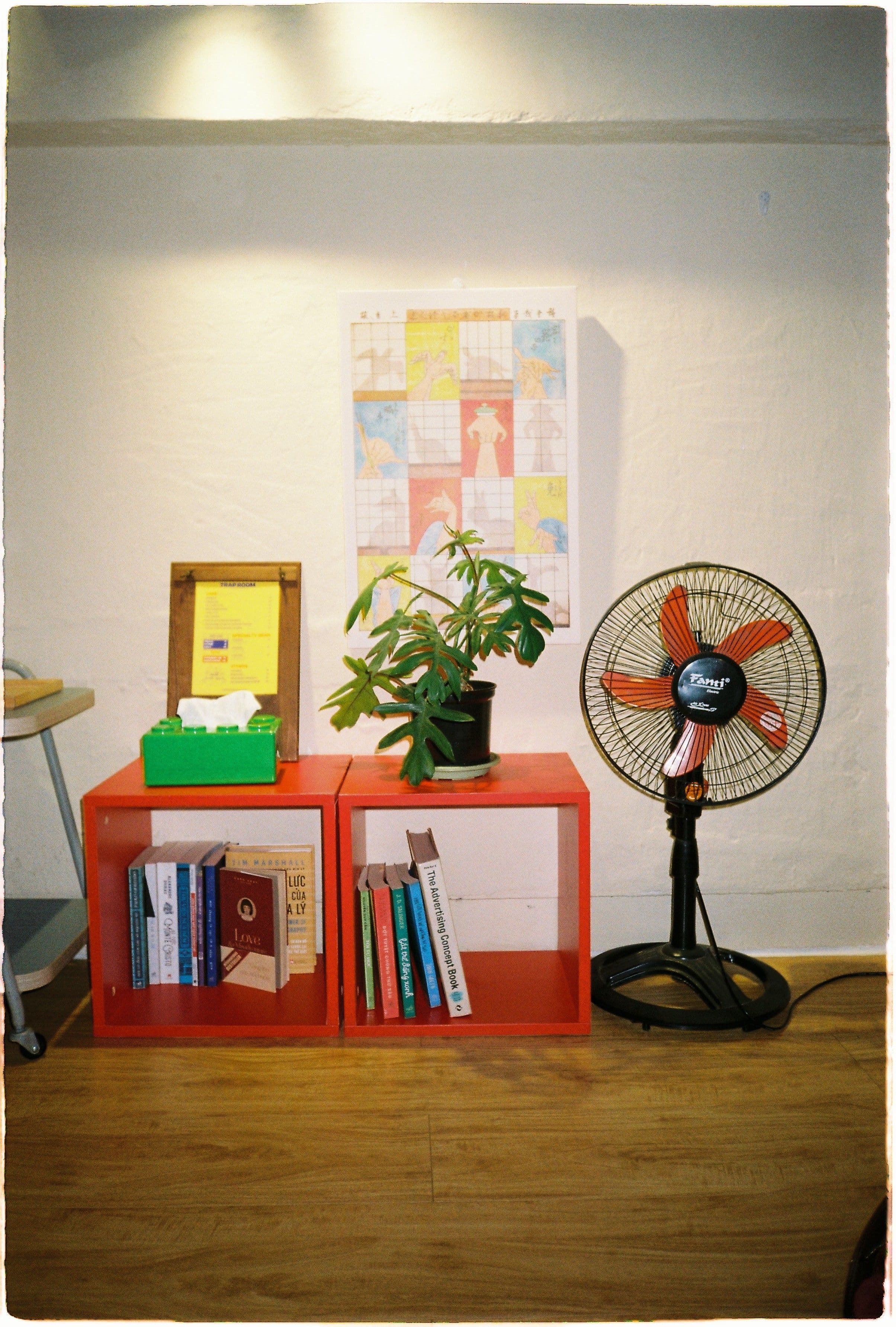
Albert Camus’ Myth of Sisyphus in particular, the book at the bottom of the spiraling staircase of existential thought, is one piece of art that always stuck with me. It’s worth the read. For those who don’t know the story, Sisyphus cheated his own death and in doing so pissed off the gods. As a result, he was condemned to push a boulder all the way up a mountain only for it to roll back down once he reached the top. Oh, and he had to do that forever.
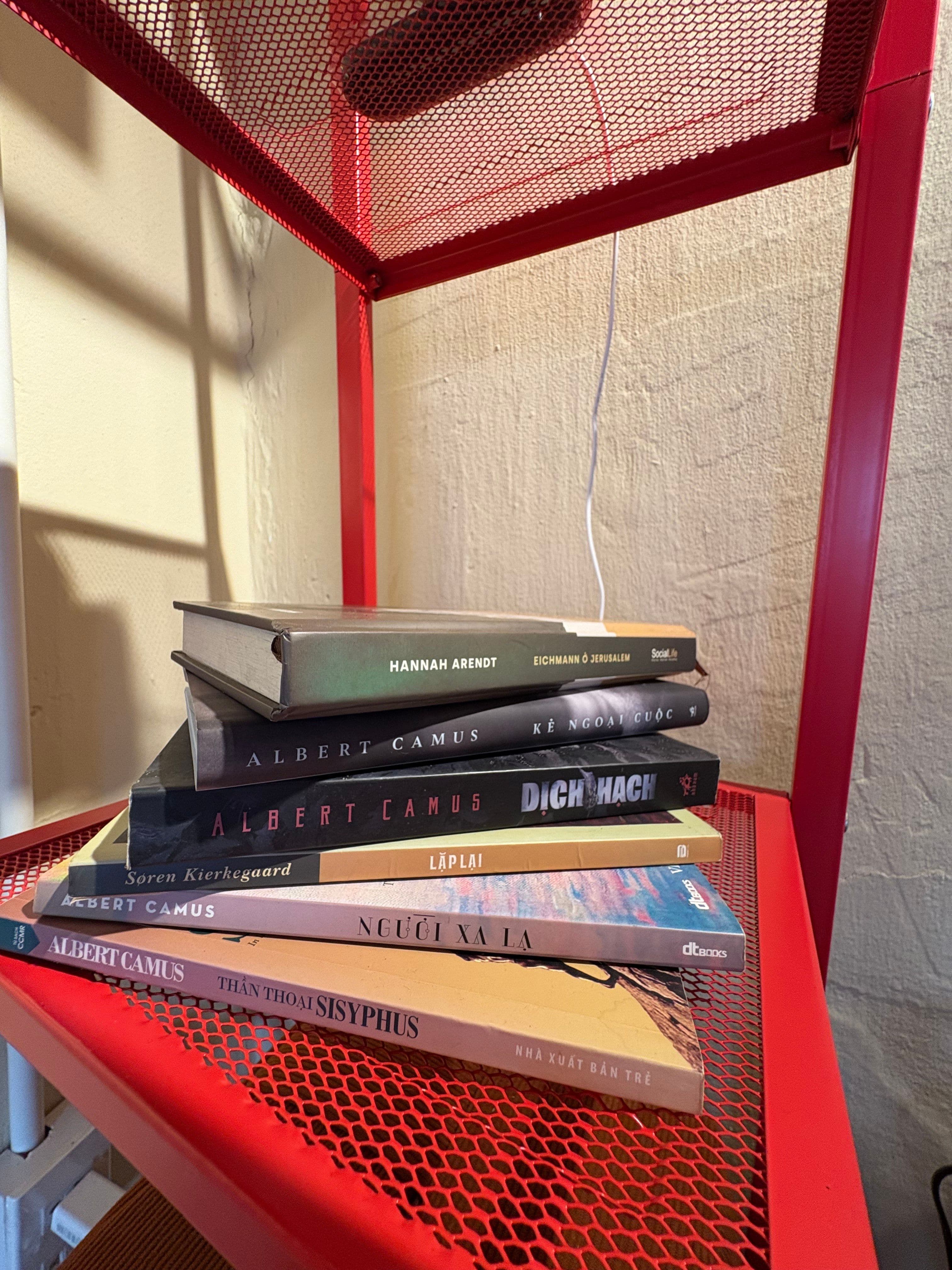
Essentially he’s trapped in a loop of eternal labor. No progress. No reward. No meaning. Nada. Camus coins this condition “the absurd.”
But Camus’ whole thing and the final line of his essay is that we should imagine Sisyphus is happy. He’s happy because he’s aware of the trap. And his awareness is his power. He realizes there is no escape. And his realization is what allows him to escape the meaningless loop, the endless search for meaning in everything. Put another way – everything is a trap until you understand everything is a trap — the only way out is in.

One such way in, one such way to rebel against the absurd, one such way to be happy going up and down the mountain of meaninglessness, is to make art. As author Kurt Vonnegut said, “Practice any art … no matter how well or badly. Not to get money or fame, but to experience becoming, to find out what’s inside you, to make your soul grow.” Making art makes your soul grow. Making art makes you smile at the absurd. Making art makes the search for meaning in everything meaningless. Making art reminds you of the traps you’re in no matter what, and what it means once you remember that.
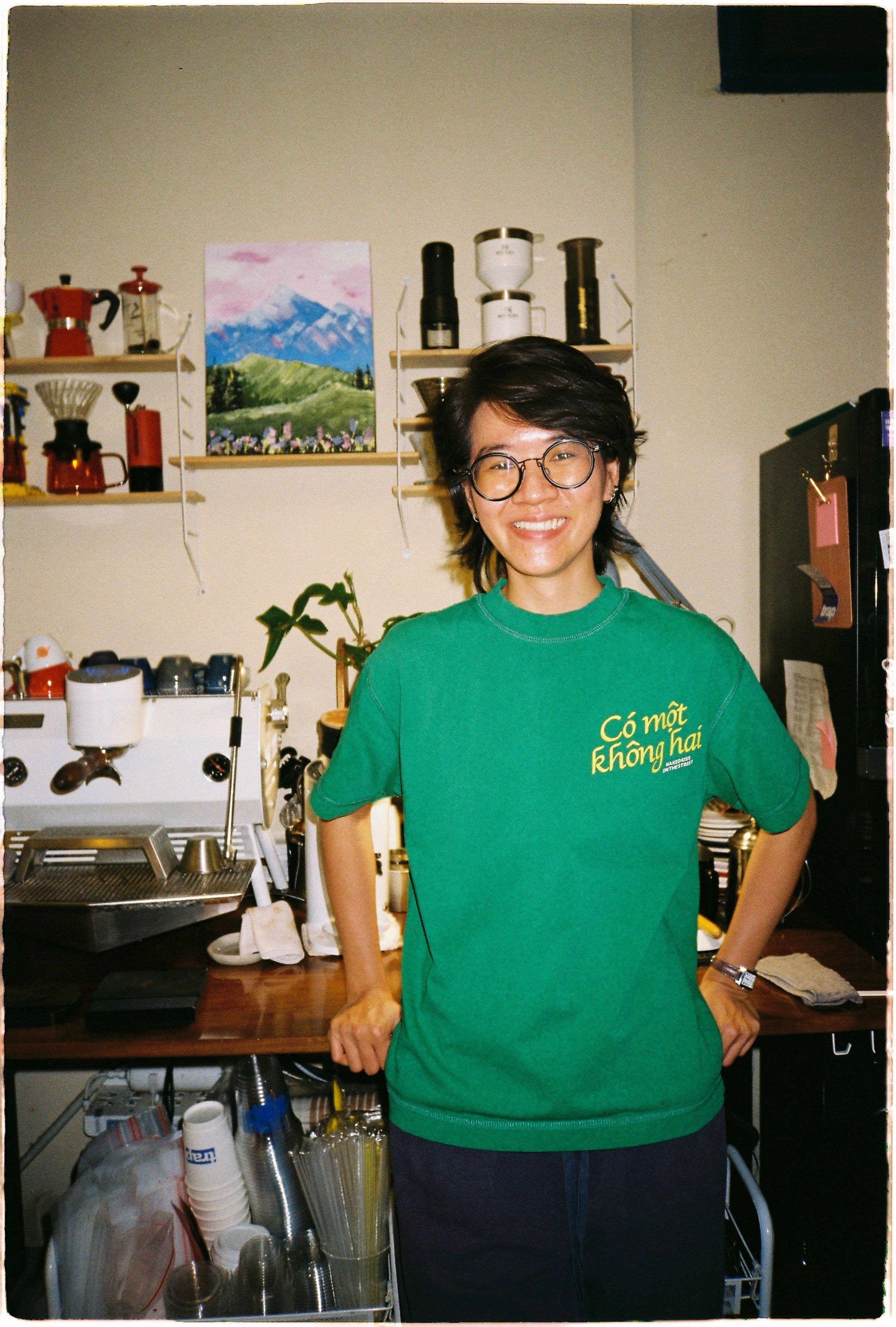
Perhaps this cafe nestled in District 1 is the owner Ming's form of art. Making drinks. Chatting with guests. Listening to music. Perhaps it all represents her quiet rebellion in the face of absurdity.
In a big and loud and wild city like Saigon, perhaps creating a cafe where every color catches your eye, every corner piques your interest, and every cup of coffee, tea, or matcha goes down smoothly is a way to create the perfect trap. The trap within all other traps. The perfect room to get cozy, get caffeinated, and get lost in thought, all with a smile on your face. After all, Camus wrote that “at any street corner the feeling of absurdity can strike a man in the face.” But it’s not just street corners — sometimes it’s the corner of a cafe, staring back at you from the bottom of a spiraling staircase of books.
